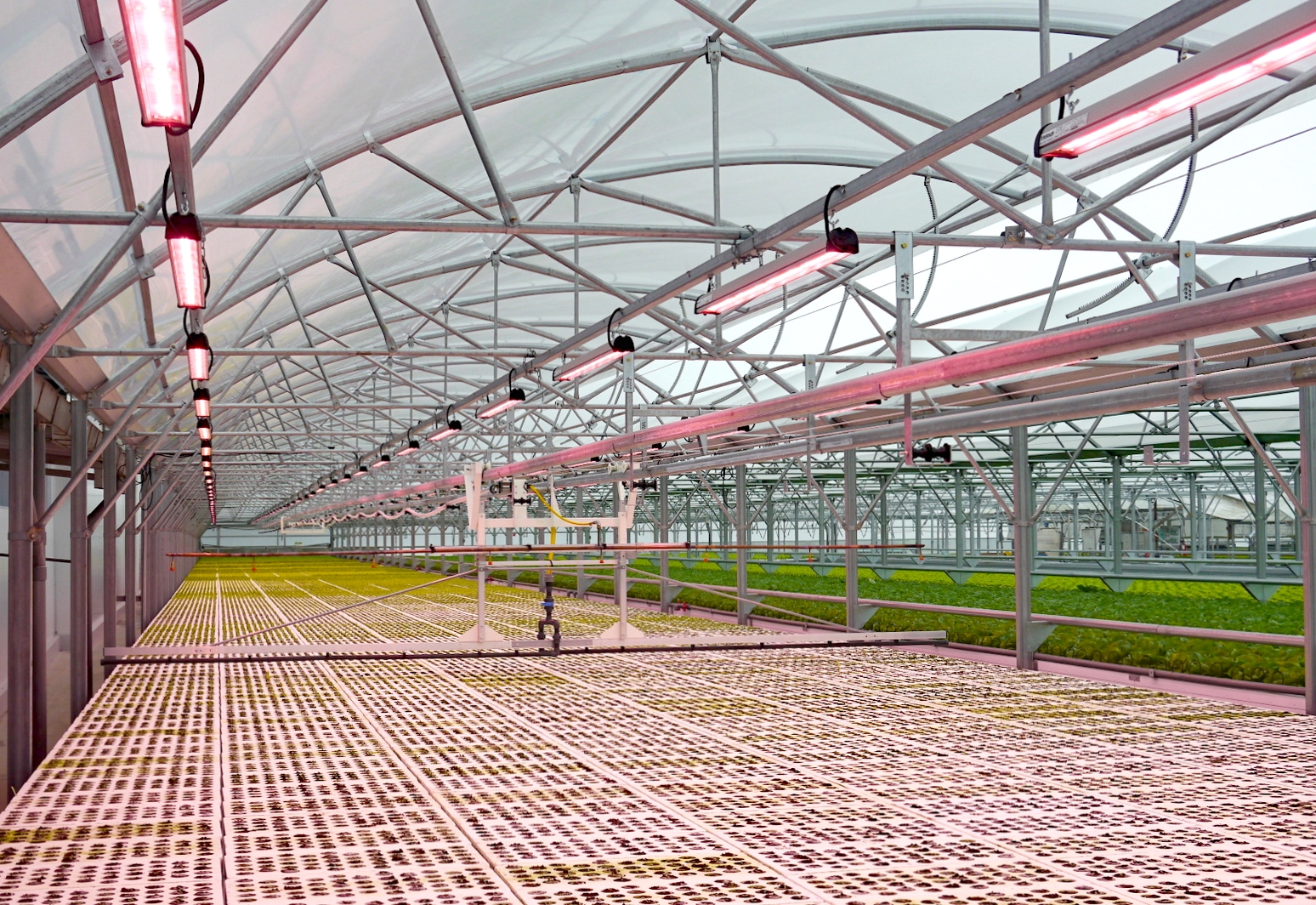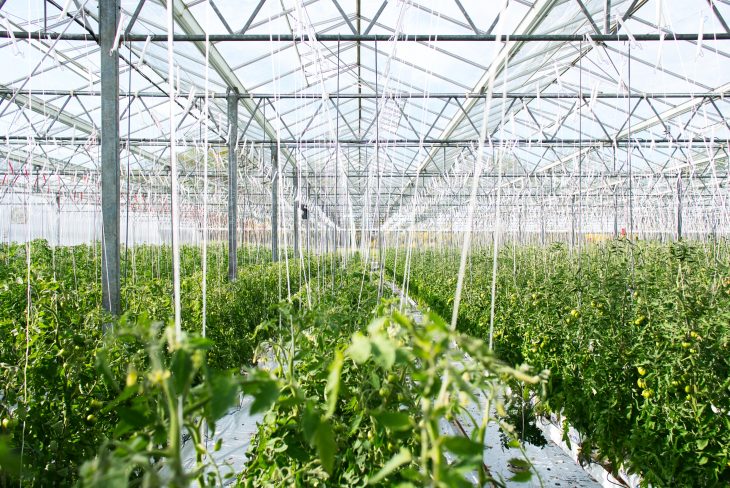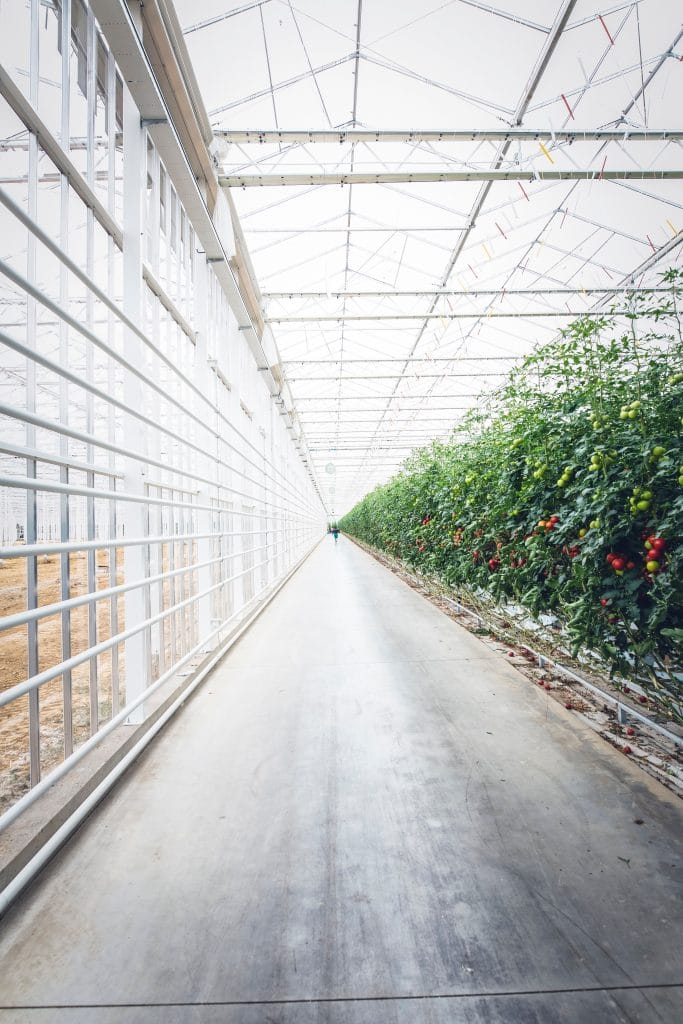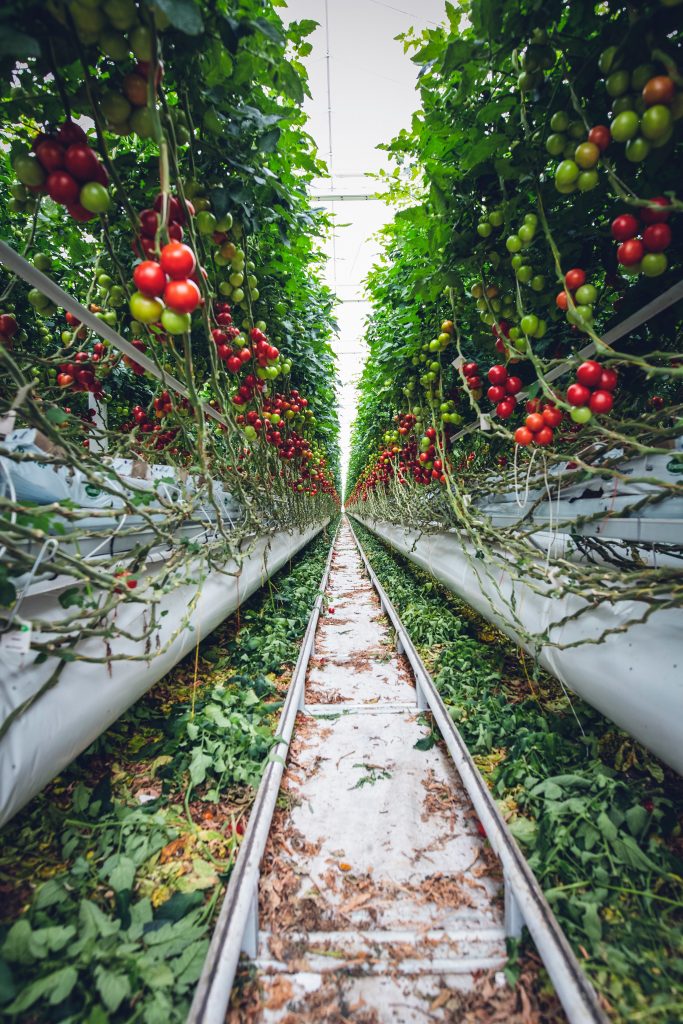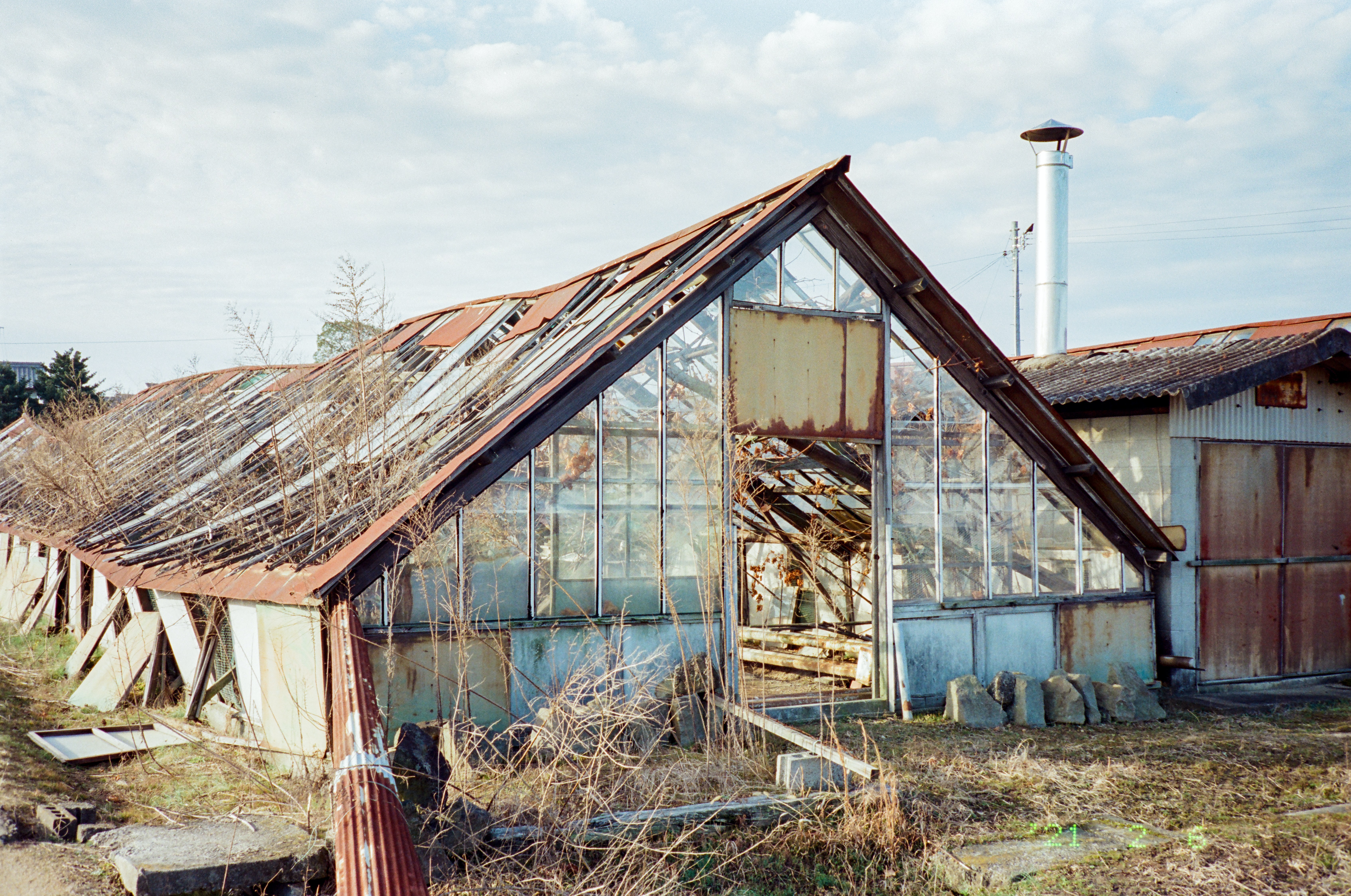This post is also available in: ![]() English
English ![]() Français (French)
Français (French) ![]() Español (Spanish)
Español (Spanish)
Introduction
The tomato or Lycopersicum esculentum Mill belongs to the Solanaceae family. The plant is native from Latin America (tropical climate). It has special requirements: sensitive to cold, very vulnerable to frost and hot winds. The temperature is a key factor to ensure a balanced growth and fruit production.
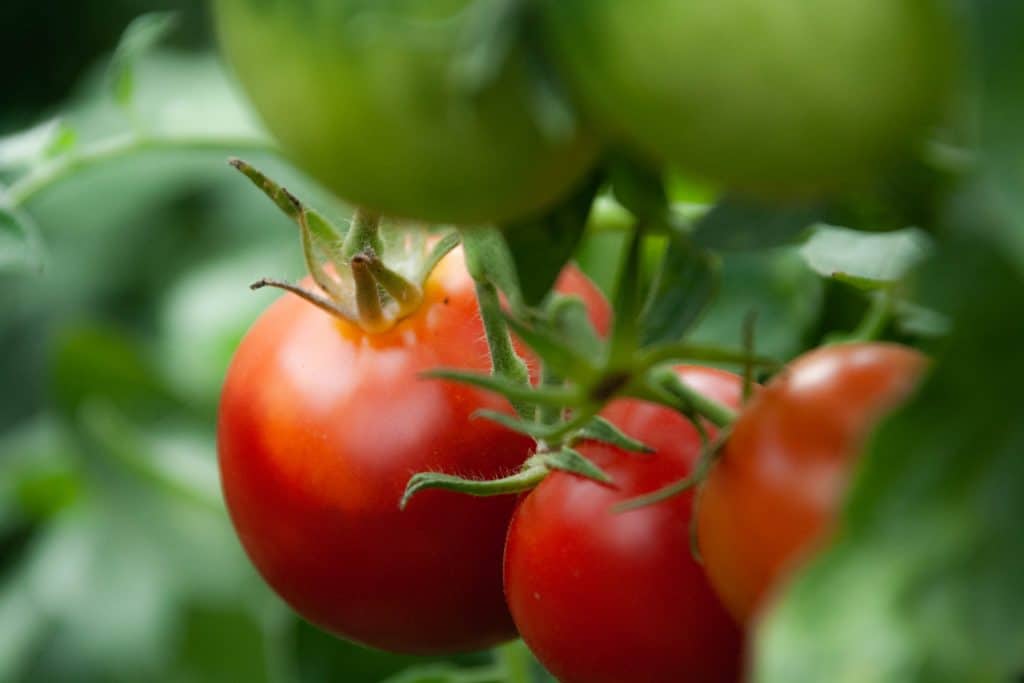
Tomato crop requirements
Temperature
Low temperatures (<10°C) can affect negatively the plant growth and development, resulting in shortening of internodes. This will promote the formation of abundant foliage at the expense of production. Low temperature can also cause ramifications of bouquets.Moreover, below 17 ° C, the pollen does not germinate well,especially if the humidity is low.
On the other hand, the high temperatures (> 29°C) promote the growth of the plant (vegetative part) to the detriment of the inflorescence which can abort.
Light
Light is a fundamental environmental factor. It affects many physiological phenomena, including the photosynthesis. Tomato crops are demanding in light energy. In fact, a lack of light can inhibit floral induction. The reduction of light decreases the percentage of pollen germination.
Relative Humidity
In general, humidity levels depend on the growth stage of the tomato plant.
High relative humidity (RH) add up with high temperature, leads to lush growth with internode elongation. What is more, it also promotes the development of diseases, including botrytis and mildew.
A RH of 75% is considered optimal. It allows to have fruits of good caliber, with less cracks and without defect of coloring.
CO2 concentration
In the air, the carbon dioxyde concentration (CO2%) is around 400 ppm (parts-per-million). Enriched CO2 environment (700-1200 ppm) improves photosynthesis resulting in stronger, healthier plants and increased yields.
Advantages of growing tomato under greenhouses
Growing tomato under greenhouse has many advantages. The challenge for the growers is to produce high yield without compromising on tomato quality.
Below a summary of the benefits of using greenhouses for growing tomatoes:
- Protect the crops from the outdoor climate (rainfall, freeze, hail, temperature / RH% variation…)
- Producing tomato in greenhouses allow to extend the growing and harvesting period
- High-tech greenhouse provides a better protection against pests and diseases – possible to implement an Integrated Pest Management (IPM) strategy…
- Pollination can be done using bumble bees inside the greenhouse
- Wider span greenhouses (8 – 9,6 – 12m) have more volume therefore a greater thermal inertia which limits the variations of temperature and humidity in the growing area
- Having a proper ferti-irrigation system for the tomato crops with an accurate control of the nutrient solution, pH, EC… is a key factor for high yield and quality
- Possible to implement a climate control strategies using equipment linked to a computer to monitor and manage the climatic parameters inside the greenhouse
- Mutlispan greenhouse with gutter height is 4,5–6,5 m can be equipped high wire planting systems, thermal screens, circulation fans and supplementary lighting.
Conclusion
Greenhouse tomato production is a wide subject. Indeed, the greenhouse type selection (design, covering, equipment…) depends of many factors such as the project location, budget, farm management…
Soon on the Horti-Generation blog, other complementary articles will go a little more into detail on some aspects of tomato growing under greenhouse.
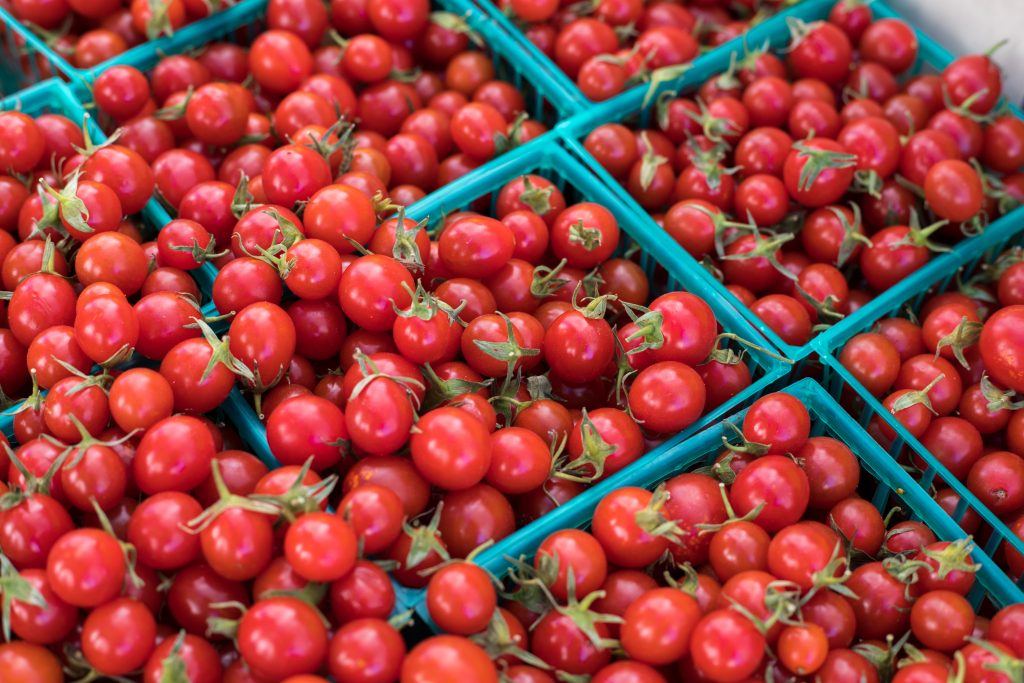
Sources:
http://scienceandpublicpolicy.org/wp-content/uploads/2015/12/co2_enrichment_on_tomatos.pdf
Greenhouse tomato production (M.M. Peet and G. Welles†) : https://www.cabi.org/ISC/FullTextPDF/2006/20063016915.pdf
https://www.agrimaroc.net/bulletins/btta_57.pdf (French)
